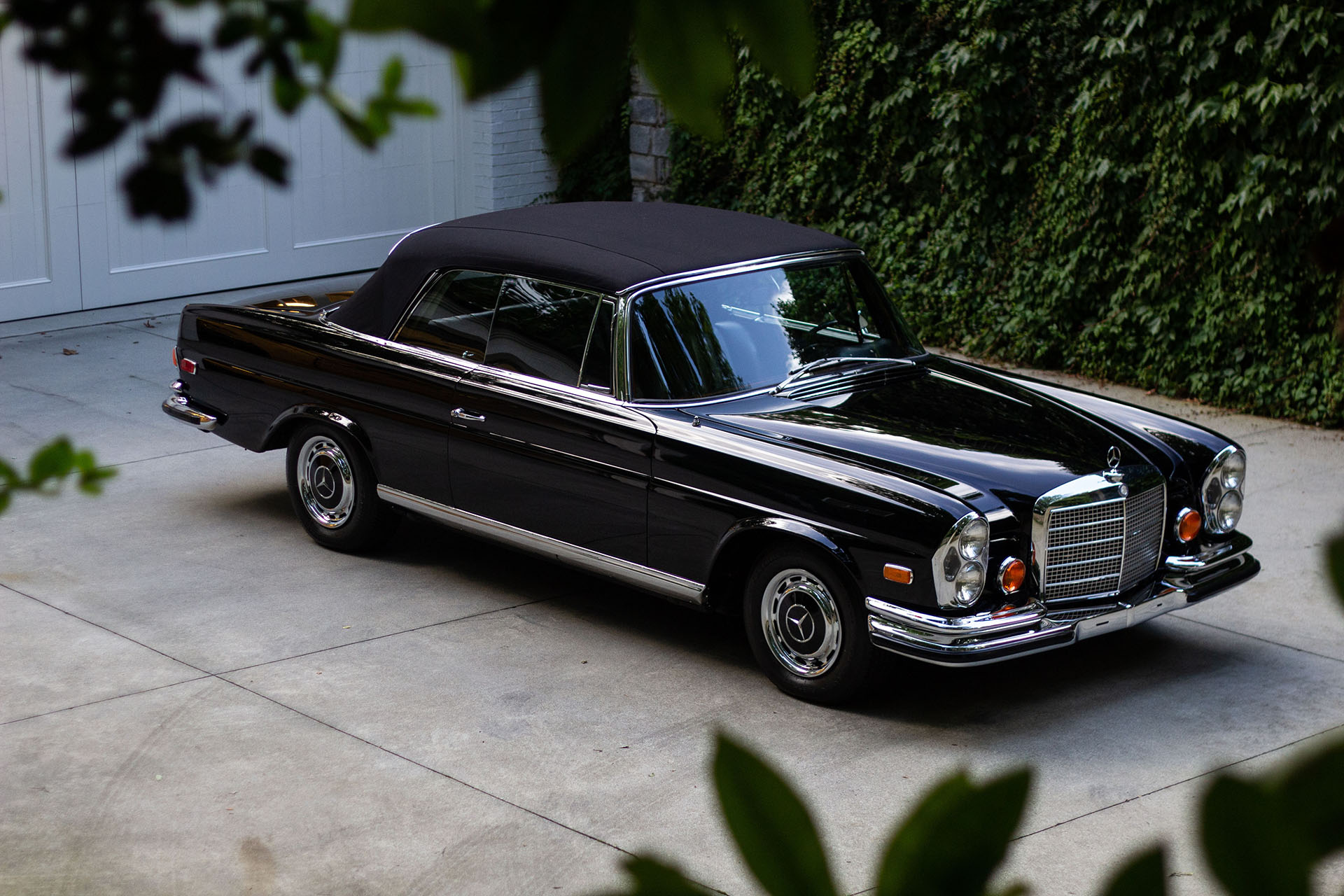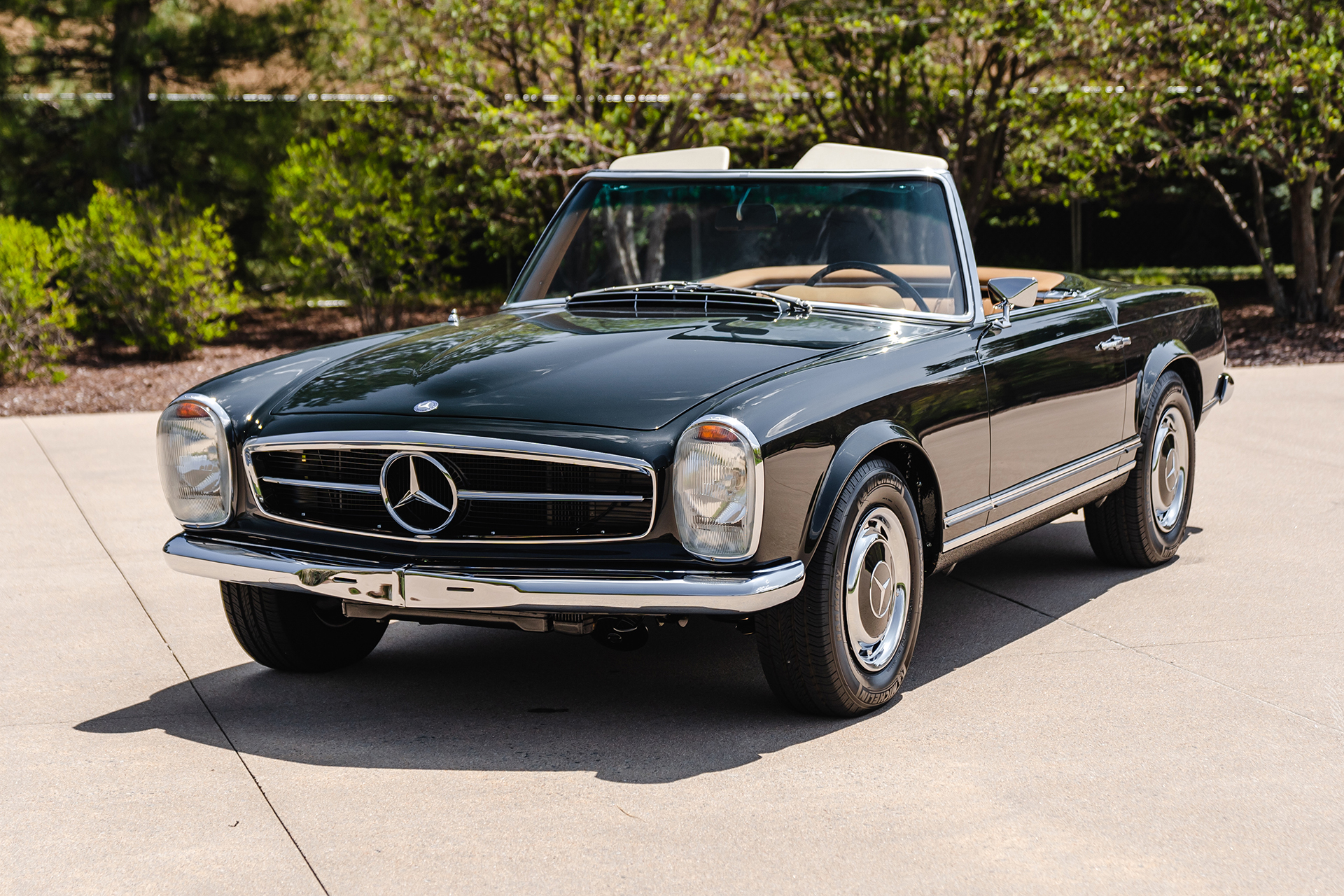Photo credit: RM Sotheby’s
Three days of auctions with 159 cars offered, forty-two of which were estimated at over one million dollars, for a combined value of over $190,500,000 ($161,929,000) or, if you prefer, an average of $1,198,000 per lot (€1,018, 000) are just some of the numbers with which RM Sotheby’s, something I like to call the RM battleship, arrived at Pebble Beach and, despite presenting fewer lots than usual without reserve (39%), managed to sell 88.68% of them. A triumph? Not exactly, but certainly a victory, as in the end, with takings of $144,501,900 – which equates to over € 122 million – RM took home 75.85% of their initial estimate. Undoubtedly less than expected.
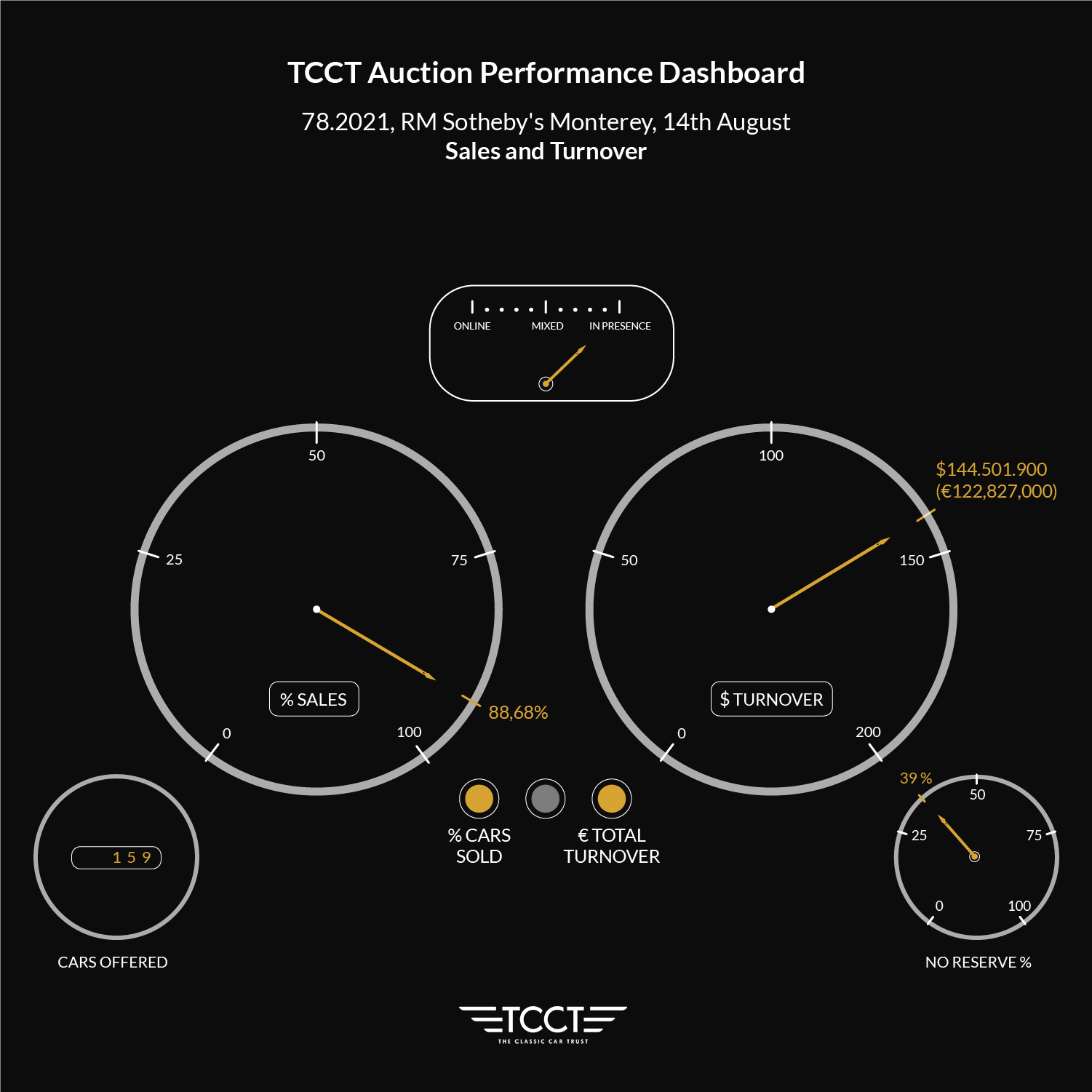
How can we interpret this result?
Since the top lot remained unsold, let’s start there and ask ourselves the question that might explain the result: the much-publicized 1970 Porsche 917K used in the film Le Mans by Steve McQueen. After participating in the real 24 hours (retired), the car was subsequently rebuilt with 917 Spyder specification at the Porsche factory and successfully campaigned. Now, however, the car sports the 917 K coupe body, in Gulf livery, exactly like the one presented both in the film and at auction. History indicates that it won numerous victories in the spyder version as it was in 2010 when it went to auction by Bonhams and was sold for $3,967,000 ($3,400,000). After a long and meticulous restoration, it arrived at Pebble Beach with a price tag of $16-18,500,000 ($13.6-€15.75 million). The final offer came in at $15,000,000 ($12,750,000). Not enough. It remained unsold even though the McQueen-Le Mans Gulf configuration clearly has a value that exceeds even real victories.
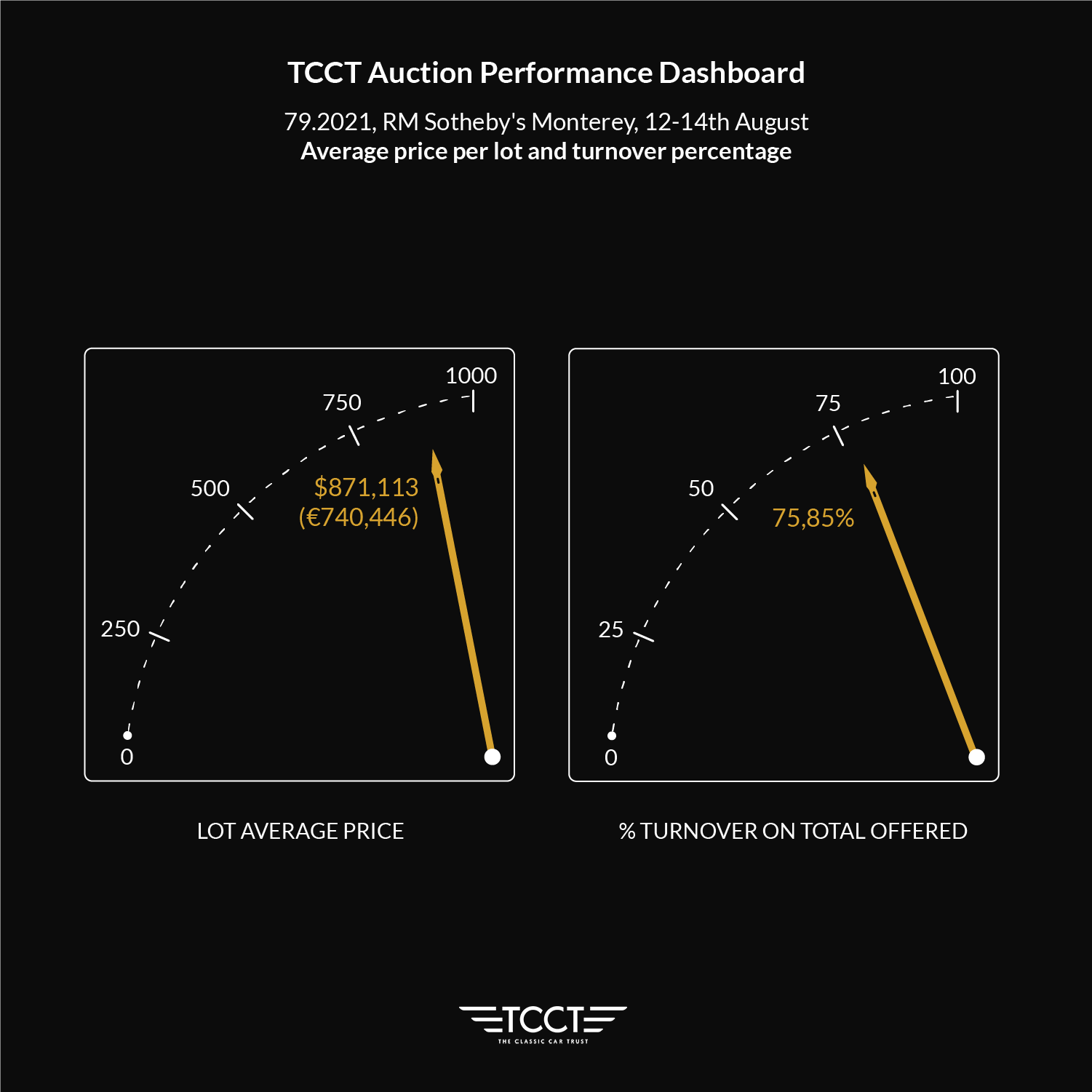
While most of the lots on offer found a new home, RM was over-optimistic when it came to the top lots, because out of seven on offer, three went unsold, lowering the sales percentage value as a result.
RM’s biggest success came from two Aston Martins. In truth, the two DB4 Zagato’s (from the Andrews collection) did not reach their estimates: $9,520,000 ($8,092,000) against an estimate of $11-$14.000,000 ($9.35-€11.9 million), while its continuation, the Sanction II, changed hands for $2,755,000 ($2,340,000) against an estimate of $3-$3,500,000 ($2.55-$3 million). But the relationship remained the same; the first is worth about 3.5 times the second. On the contrary, the 1965 Aston Martin DB5 Convertible – also owned by Paul Andrews – brought back a smile to the seller’s face: against an estimate of $1.85-$2,250,000 ($1.6-$1.9 million) it changed hands for $3,195,000 ($2,715,750).
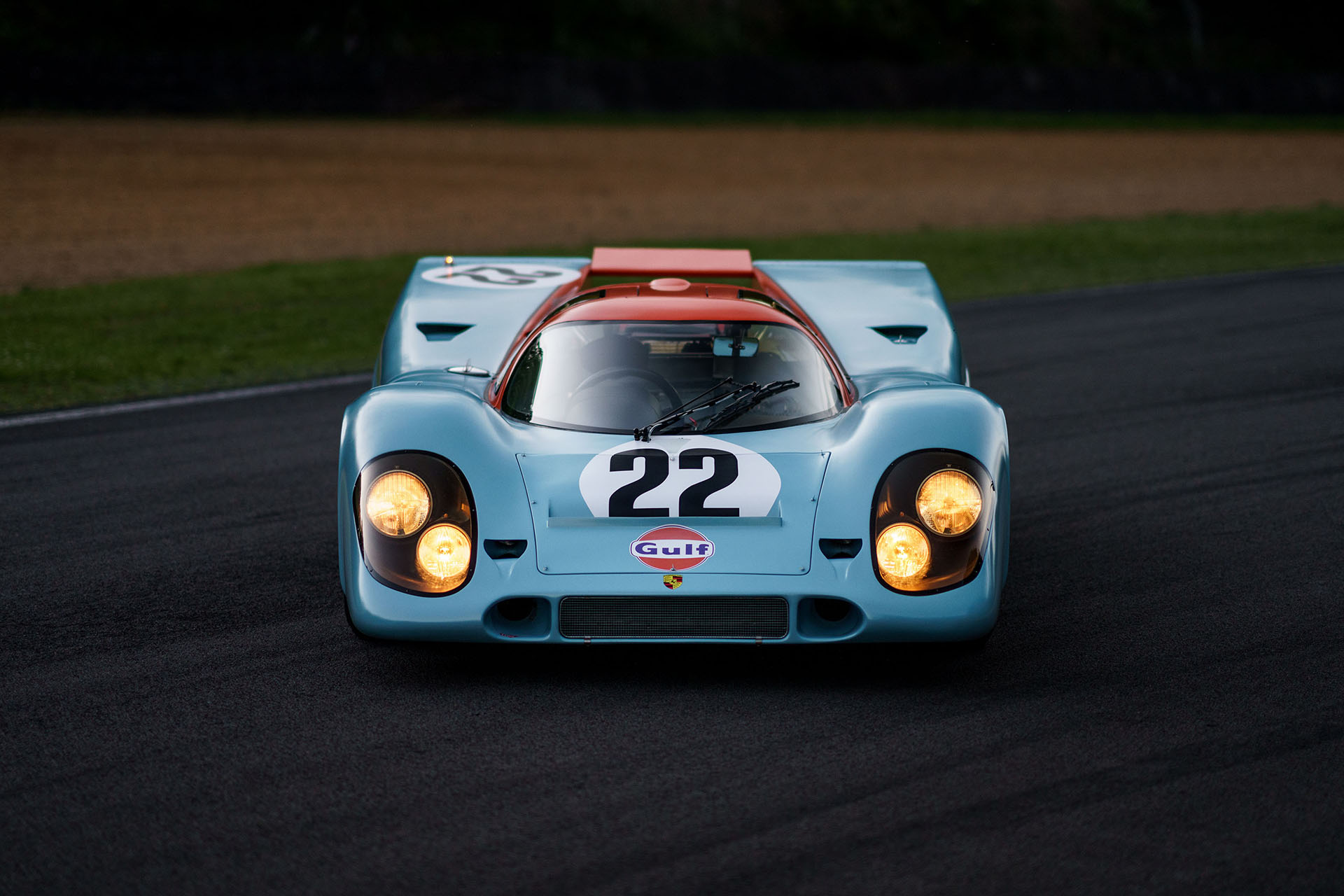
But it was the 1966 DB6 Vantage that got the room truly excited. Until a few years ago, the DB6 was considered the least interesting among the “DB” models and it was easily beaten by both the DB5 and the DB4. Recently, however, the tables have turned and the DB6 is increasing in value. The model offered by RM was originally equipped with the Vantage engine and, between 2018 and 2021, was completely restored by one of the leading experts in the country. The estimate of $475,000-$625,000 (€400,000-€530,000) seemed decidedly optimistic, but what happened next surprised even me: after a flurry of counterbids, the car was sold for $808,000 (€687,000), setting the new record for a non-Volante DB6 in the process.
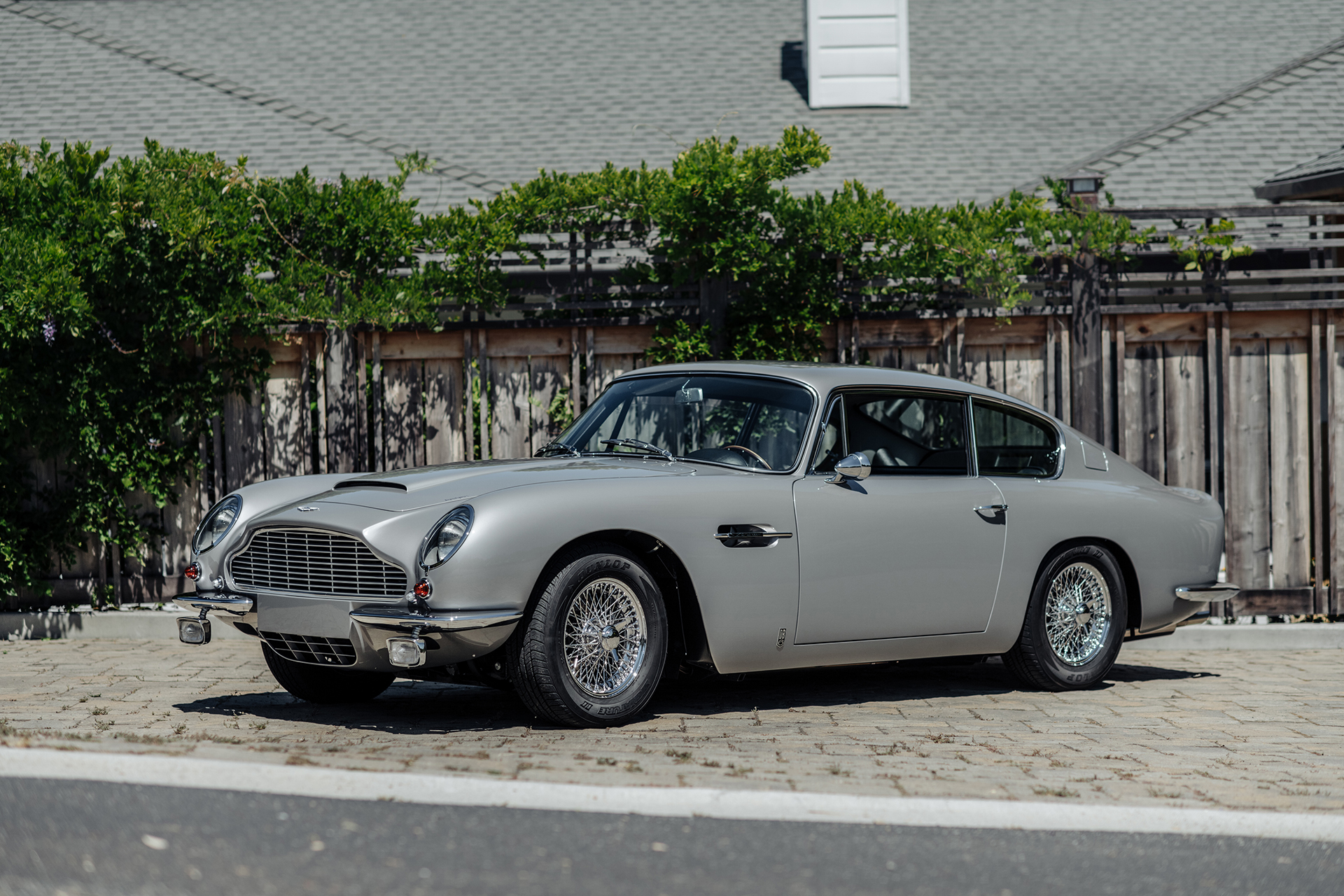
This figure is even more impressive when compared with the $819,000 (€696,000) paid for a DB5 coupe. Precisely ten years ago in Pebble Beach, a DB6 Vantage was sold for $297,000 (€252,000), a number that was very distant from the $687,500 (€584,000) paid for a DB5 on the same day. Part of the credit for this result is certainly due to the fact that it was a “fresh” example, that hadn’t come onto the market since 1982.
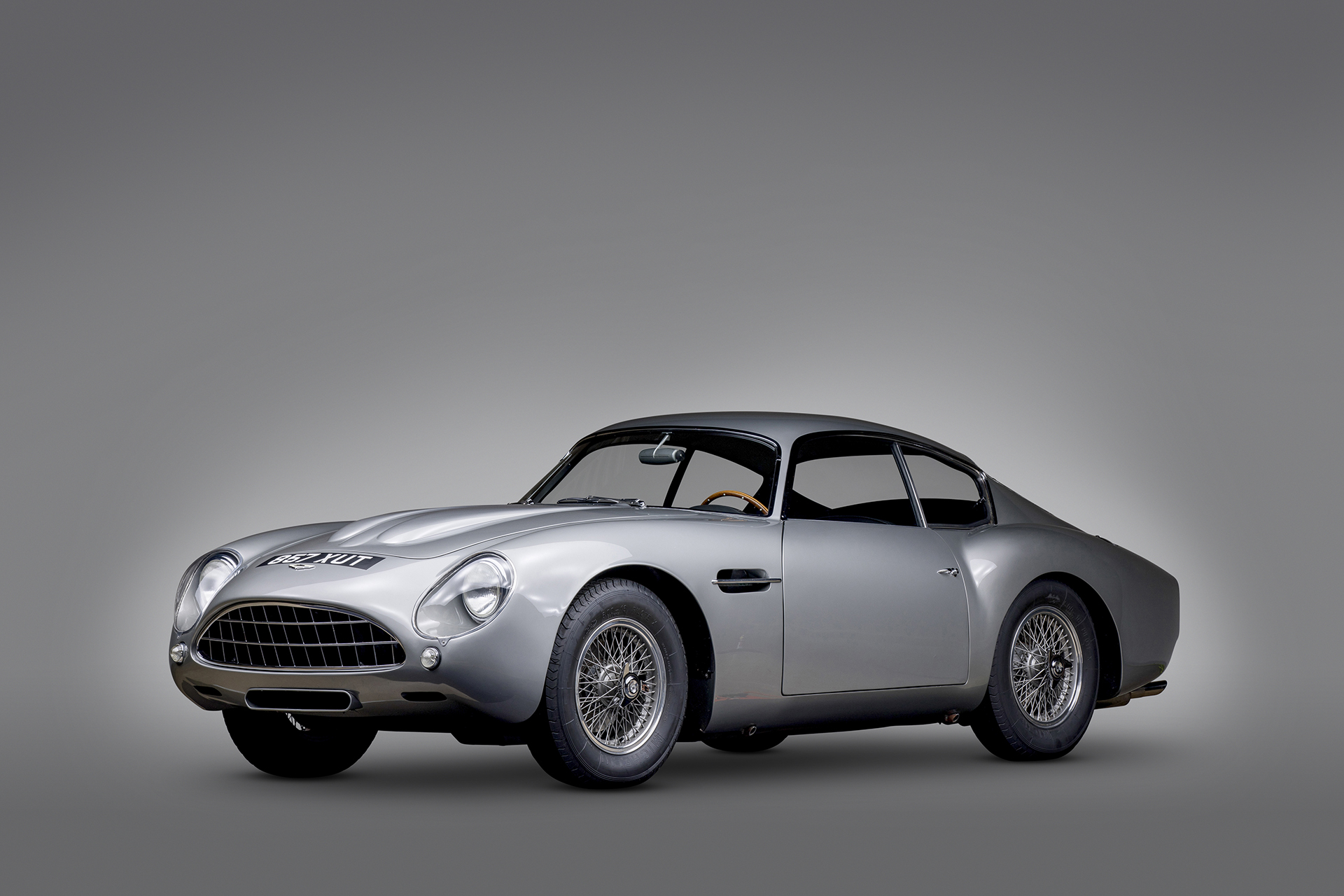
This characteristic was missing from another lot from the Paul Andrews collection, the Jaguar E-Type Lightweight Continuation, a factory reproduction of the revered car from a few years ago, made using the same techniques and materials used on the 1963 examples. In my preview I was quite sceptical about it managing to reach the $1.5-1.85 million asking price (€1,275,000-€1,600,000) and I was even more so when, while looking at the chassis numbers, I discovered that the other model sold in October 2020 – for $1,710,000 (roughly € 1,450,000) – was the exact same car! It is difficult to anticipate an important jump in value, in particular for an example that isn’t “fresh”. My assumptions were well-founded, and in the end, it was sold for just $1,050,000.
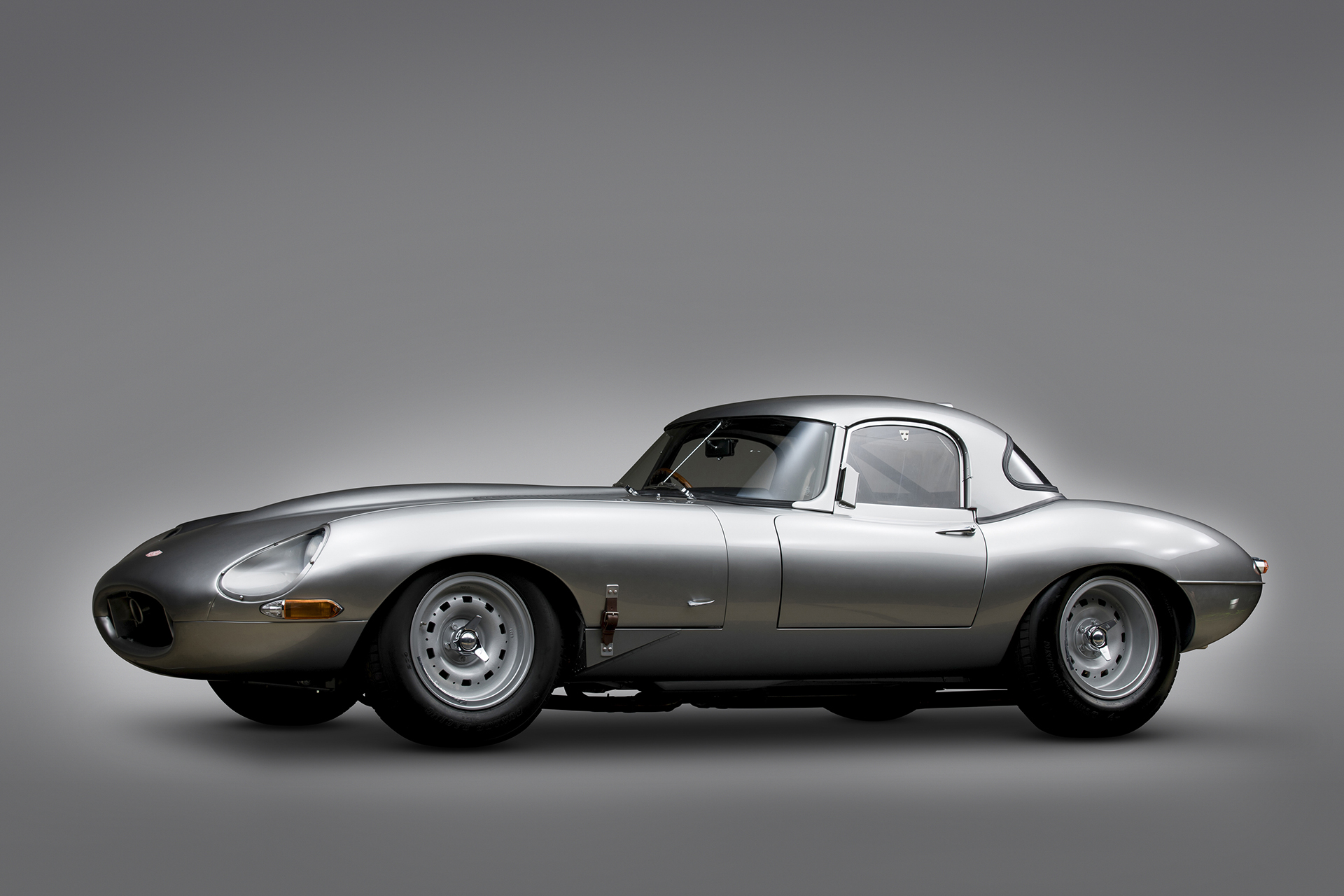
From the sale of RM, however, there were also some winners, and more than keeping an eye on them, I would recommend searching for them.
The first was the very recent Lexus LFA, the supercar developed by Toyota to counter the usual Italian and German giants. Of the 500 units produced between 2010 and 2012, 50 left the factory with the Nürburgring Package that gave it a dash more aggressiveness and performance. Once production had terminated, they immediately became collector’s items and the original price of $375,000 ($430,000 for the Nürburgring Package) went up. RM offered two examples from 2012: the first was a “basic” silver model with 3,850 miles on the clock and estimated at $500,000-$700,000 (€425,000-€600,000), while the second example, black with the Nürburgring Package with just 930 miles on the clock, was estimated at $900,000-$1,100.000 (€765,000-€935,000). Both cars were sold above their estimates, respectively at $819,000/€696,000 (+64% above the minimum estimate) and $1,600,000/€1,360,000 for the more aggressive version (+78% above the minimum estimate).
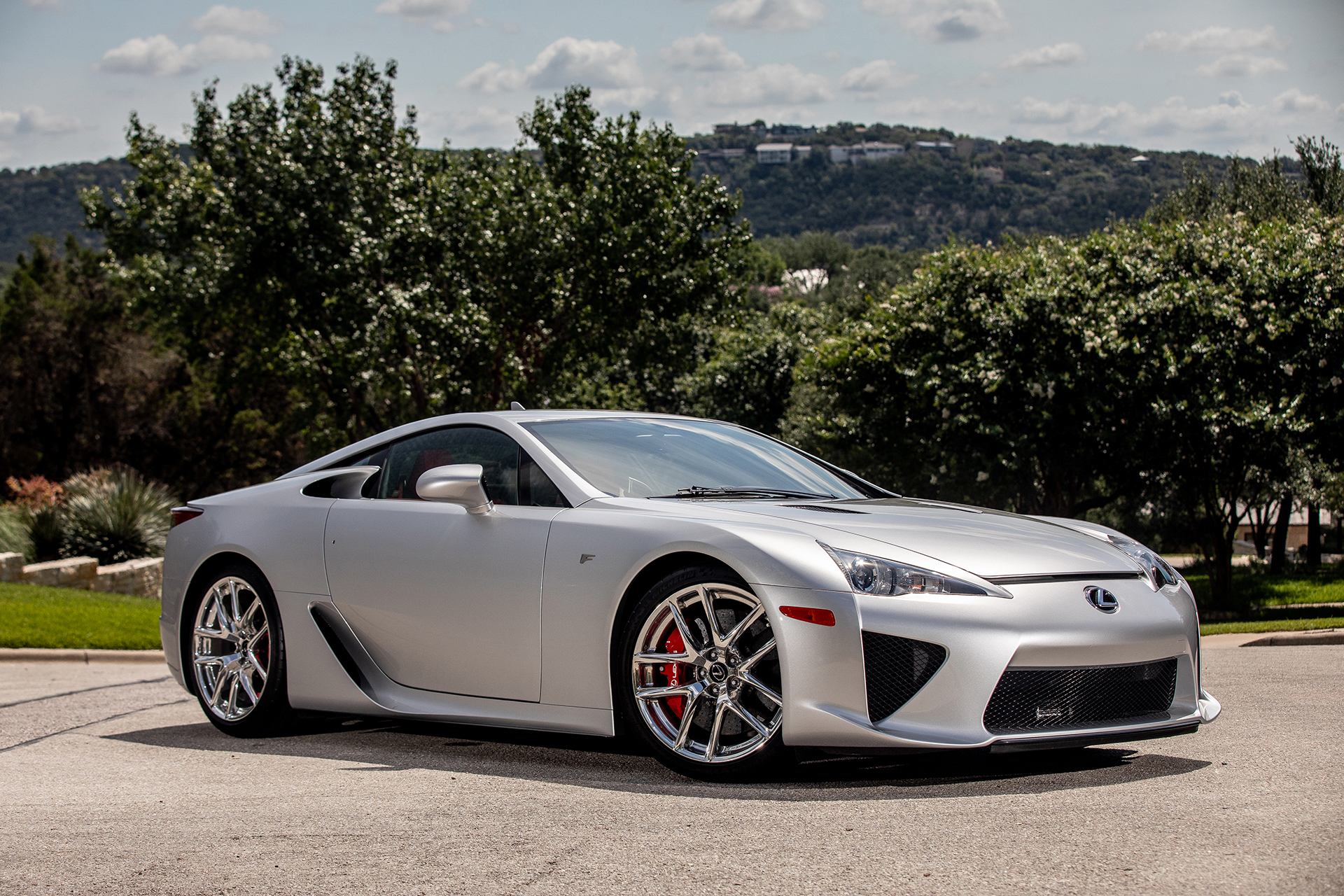
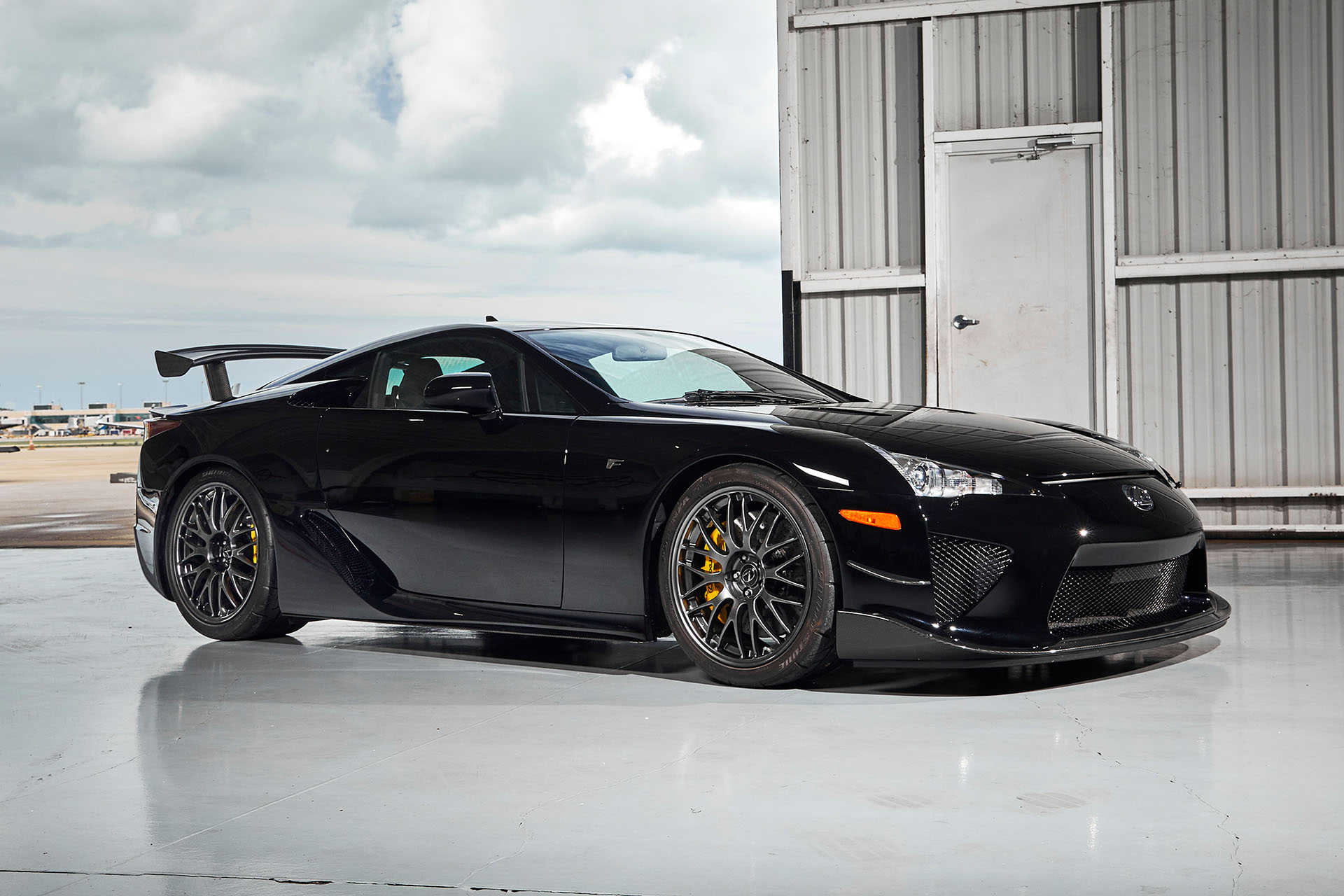
And then most successful marque of the event: Mercedes-Benz.
All ten Mercedes-Benz offered by RM were sold and of these, 7 changed hands above their maximum estimates. After a few “soft” years, the quotations of the 300SL are back and positively roaring but it was the others that dominated the scene at RM. If $235,200 ($199,920) is an impressive amount for a 190SL from 1956 that has already been reached on previous occasions (although it was estimated $140,000-$160,000), a 280SE convertible from 1970 that sold for $434,000 ($368,900) not only represented a + 33.5% compared to the minimum estimate of $325,000-$375,000 (€275,000-€320,000), but also set a new record for the model.
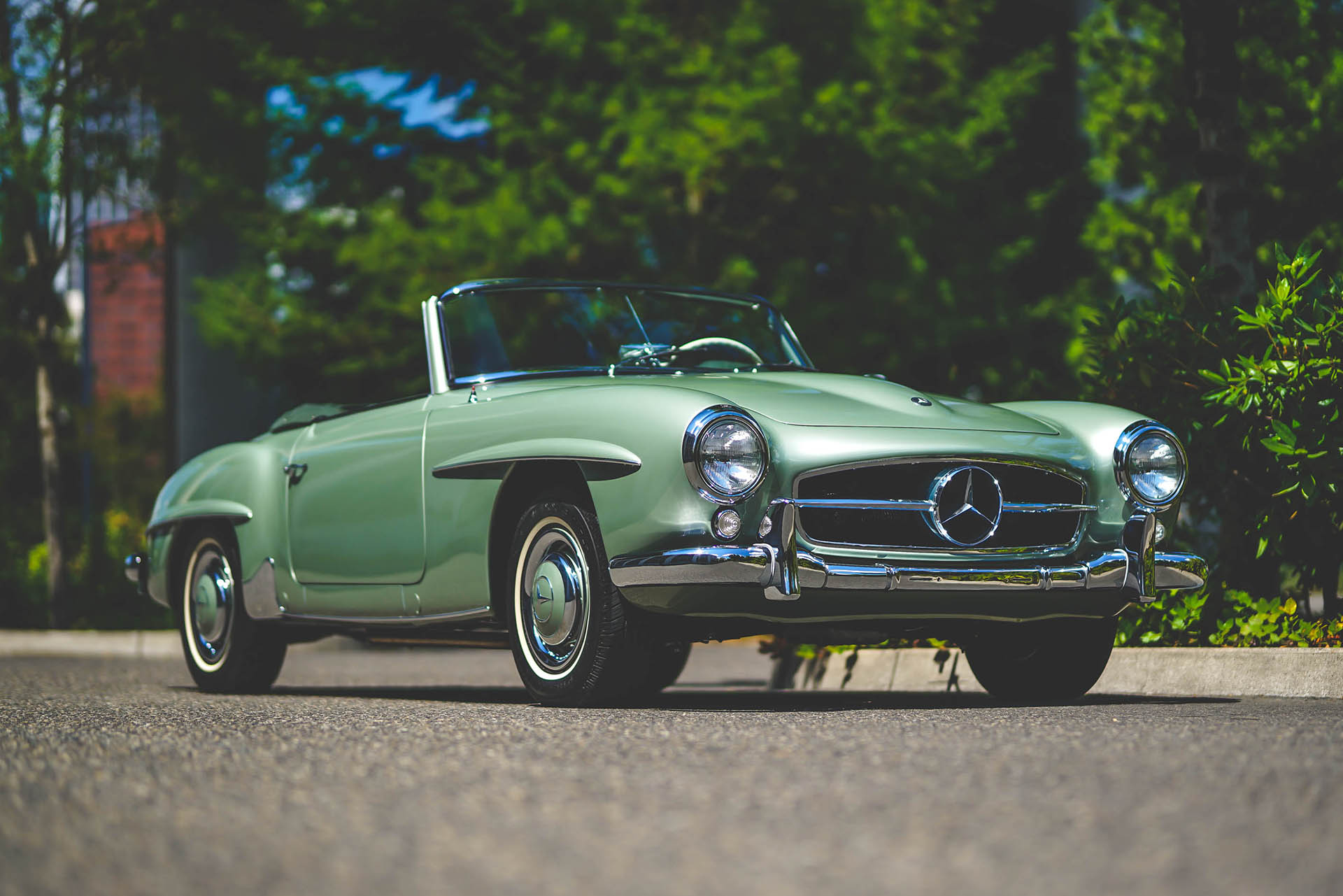
Not to mention the 1968 Mercedes-Benz 280SL Roadster. The colour combination was fantastic: Dark Olive Green over Cognac leather interior, restored by the Mercedes-Benz Classic Center USA so impeccably it was exhibited on the official stand at Pebble Beach. It had only one flaw – automatic transmission. The maximum desire for collectors of this model is the ZF five-speed manual transmission version, which raises the price anywhere between 30% to 50% over an example with automatic transmission. This particular example came with a truly pharaonic estimate: $200,000-$225,000 (€170,000-€190,000), if we consider that the current record is €230,000 (for one with the ZF five-speed manual gearbox). But for the bidders the condition of the car was worth more than the gearbox and, in the end, after a number of counter offers, the hammer fell at $335,000 (€284,750), and the standing ovation commenced…
